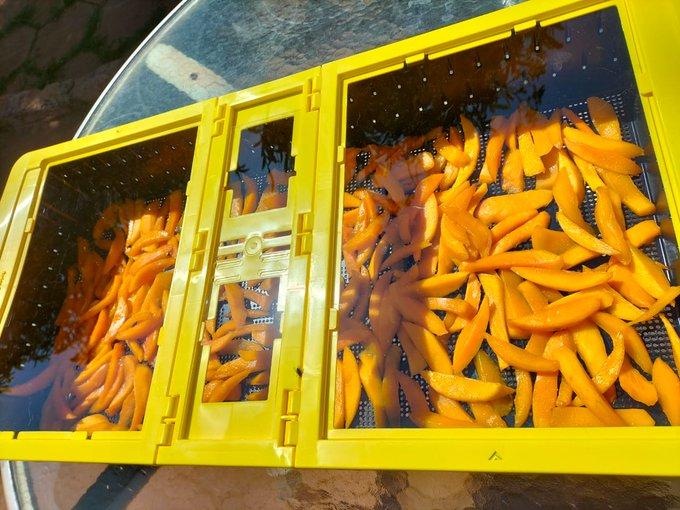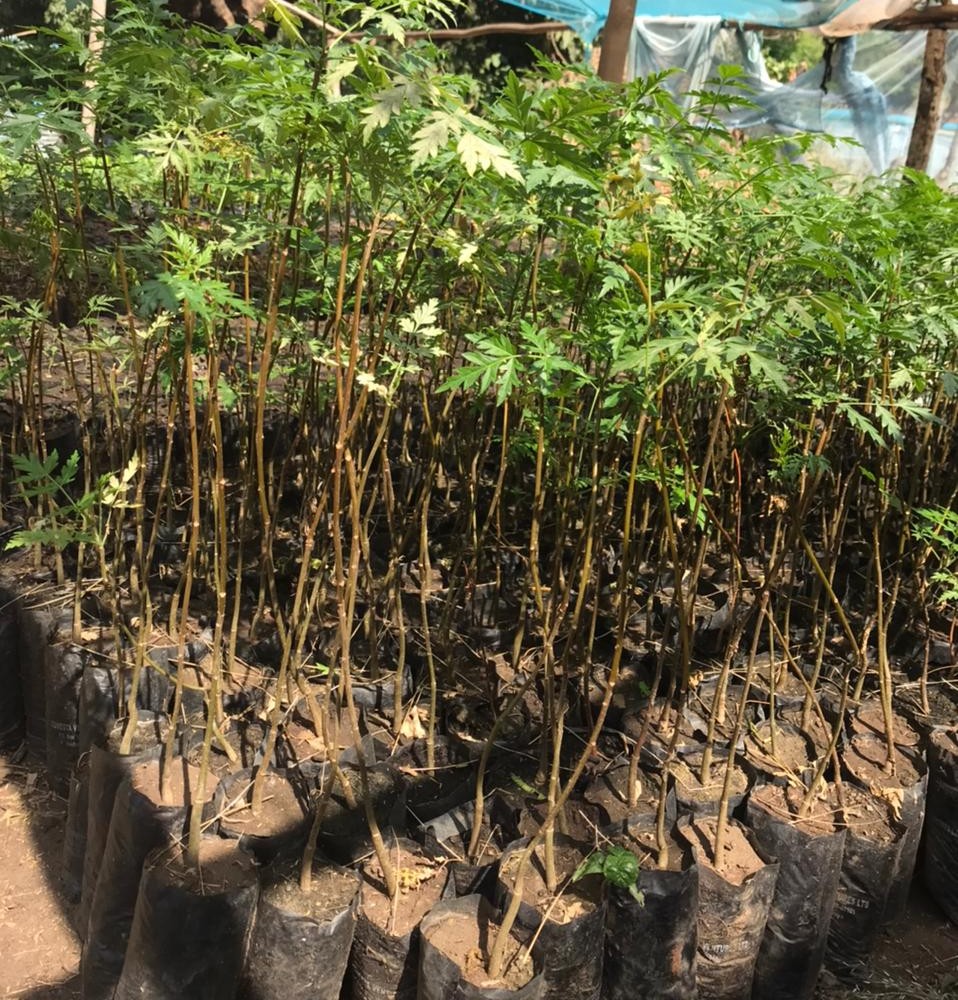




In Kenya, the traditional image of cattle farming is undergoing a transformation. Gone are the days when cattle roamed freely across vast landscapes.
Today, Kenyan farmers are turning to feedlot systems, a modern approach that ensures a consistent supply of quality cattle while meeting market specifications for weight and fat score.
Let's briefly delve into the world of feedlot farming in Kenya, exploring the costs, benefits, and the sustainable practices that make it a lucrative venture.
The Basics of Feedlot Farming
Feedlotting is a cattle management practice that focuses on intensive feeding to achieve specific market goals.
Typically lasting between 60 to 120 days, this system requires careful planning and resource management.
Approximately 1 acre of land is needed per 100 head of cattle for pen space, alleys, and feed roads. An additional ¼ to 1 acre per 100 head of cattle is allocated for waste control facilities.
Feeding for Success
One of the key aspects of feedlot farming is the high-quality grain diet provided to the cattle. This diet has driven up production costs, with a 90kg bag of maize costing farmers between sh1,800 to 4,000.
However, innovative Kenyan farmers have found ways to reduce food costs by formulating their own feed while maintaining the right nutritional ratios.
The goal is for the cattle to gain approximately 1.5 kg per day, reaching an ideal market weight of 400kg within 90 days. Vaccinating animals is essential to prevent diseases and ensure their well-being throughout the feeding period.
Understanding the Costs
Starting a feedlot system requires a significant capital investment. The total cost typically exceeds sh600,000, with estimates ranging from sh600,000 to sh1.5 million.
However, despite the initial financial outlay, Kenyan entrepreneurs are discovering that the returns can be substantial.
Benefits of Feedlot Farming
Feedlot farming offers several advantages. By providing cattle with an energy-dense diet, they grow rapidly and add muscle, making them more marketable at slaughter time.
This approach optimizes their fat cover, contributing to healthier and more productive beef animals.
Additionally, feedlot systems help meet the rising demand for high-quality beef in Kenya and reduce the pressure on natural grazing lands.
Sustainability and the Future
As feedlot farming gains traction in Kenya, it's crucial to adopt sustainable practices.
Proper waste management, efficient water use, and responsible sourcing of feed ingredients are all vital components of a sustainable feedlot operation.
Farmers are also exploring ways to reduce the environmental impact and ensure the long-term viability of this innovative approach to cattle farming.
In conclusion, feedlot farming is revolutionizing cattle rearing in Kenya. While it comes with initial costs, the benefits in terms of consistent quality and marketability are becoming increasingly evident.
With a focus on sustainability and responsible practices, feedlot systems are not only transforming the beef industry but also opening up new opportunities for Kenyan farmers and entrepreneurs.
Disclaimer:
Readers are advised to conduct their own research and consult with experts or local authorities before making any investment decisions or adopting to new farming practices.
Comments